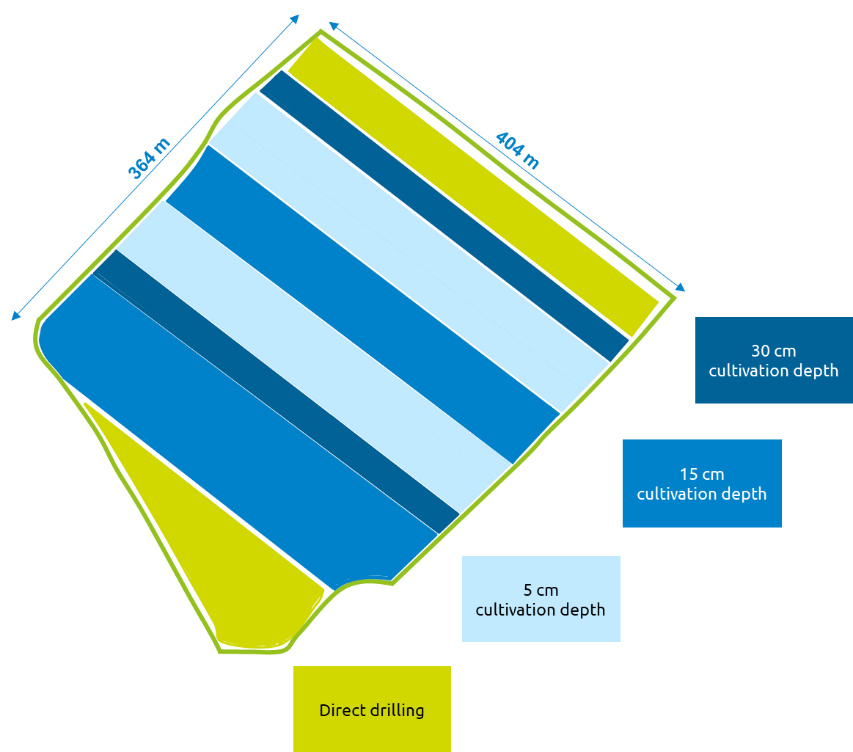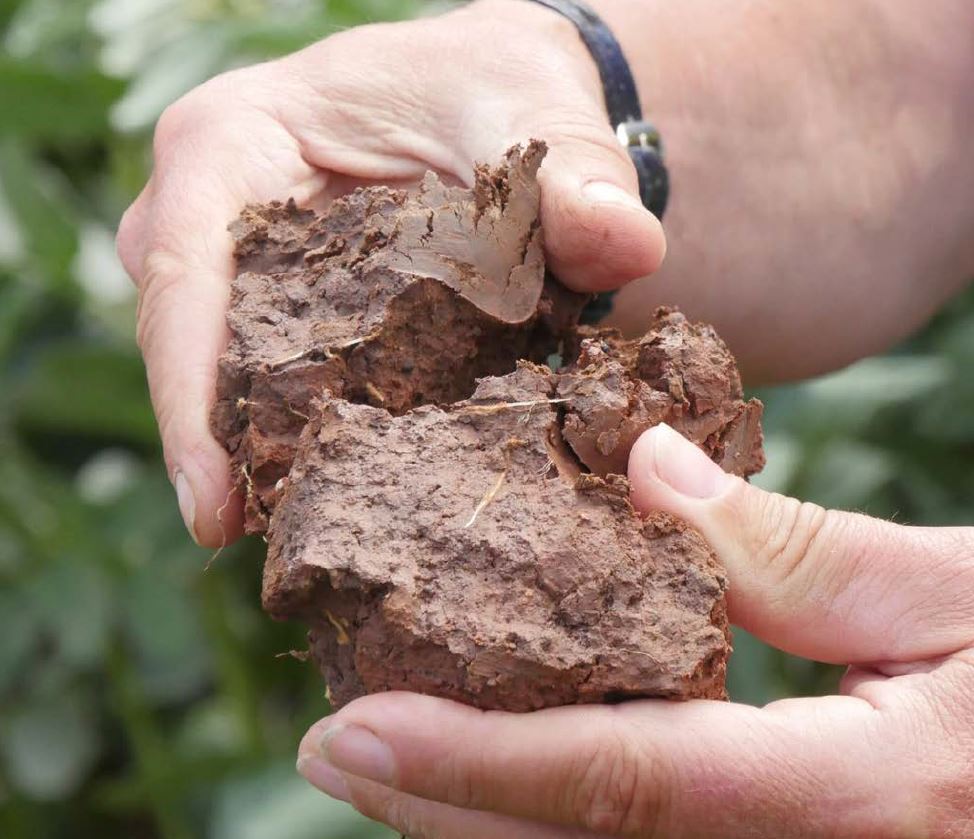Cultivation depth and system resilience explored at Strategic Cereal Farm
Thursday, 16 December 2021
Emily Pope looks at how cultivation depth influenced soil health, rooting and crop yield in trials at Strategic Cereal Farm West. Conducted over three – often challenging – seasons, they showed a flexible and holistic management approach is best.
Learn more about the cultivation-depth trials
Management practices that aim to improve soil health are increasingly at the heart of government farming incentives. With cultivations in the spotlight, we tested several approaches side-by-side in a three-year trial at Strategic Cereal Farm West:
- Direct drilling (second and third trial years only)
- Shallow min-till (to 5 cm)
- Farm standard (to 15 cm)
- Deep cultivation (to 30 cm)

First year (drilled autumn 2018)
In the first year, winter wheat was sown in good conditions. No significant yield differences were observed between treatments.
Second year (drilled autumn 2019, spring 2020)
The second year delivered record-breaking wet autumn conditions. In fact, the oilseed rape failed because of waterlogging – across all cultivation treatments. In spring, we sowed spring beans, instead. However, these went into poor (slumped) soil. As beans are sensitive to strong soils, yields were lower in the direct drilled and shallow min-tilled treatments. However, in the deep cultivation treatment, where the soil was looser, roots were better, and the yield was higher.
Third year (drilled autumn 2020)
In the third year, winter wheat was drilled. Once again, it was a troubled start – with dry conditions at drilling and wet weather through the winter. In April, at growth stage 30, Normalised Difference Vegetation Index (NDVI) and rooting assessments were carried out. Above-ground treatment differences were difficult to see. However, rooting assessments revealed below-ground differences. Direct drilled and shallow min-tilled cultivations resulted in smaller root systems, compared to the deep cultivation treatment – with the 30 cm treatment yielding significantly more.
Trial conclusions
- Cultivation approach needs to reflect the soil condition and crop
- Waterlogging caused poor-condition soils, with soil bulk density increases across the trial field
- Visual Evaluation of Soil Structure (VESS) scores confirmed this
- The 5 cm cultivation resulted in the worst VESS score. This result may also have been impacted by machinery choice. In this case, the use of heavy discs could have done more damage than good
- Deeper cultivations and time undid a lot of waterlogging damage
- Although direct action is sometimes needed to rectify soil issues, the impact of indirect actions should not be underestimated. For example, better drainage may have avoided some of the negative effects
This blog is part of a series produced following Strategic Cereal Farm Week (winter 2021/22). Our Strategic Cereal Farms put cutting-edge research and innovation into practice on commercial farms around the UK. The week of online events featured the latest results, delivered by our farm hosts, industry experts and researchers.
 AHDB
AHDB
Topics:
Sectors:
Tags:

